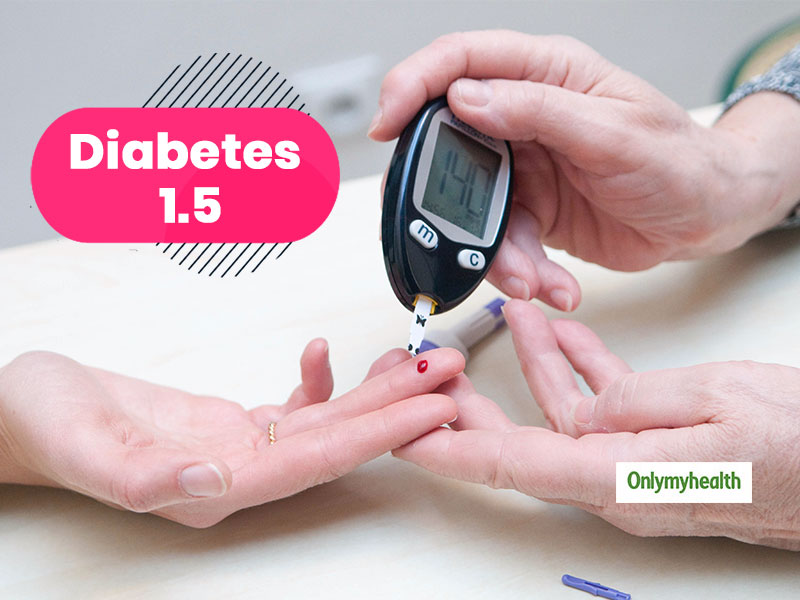
We all know how diabetes has become a common health concern across all age groups. Another type of diabetes, which we know little about, is the Latent Autoimmune Diabetes. It is the type of Diabetes mellitus. Similar to Type 1 diabetes mellitus(T1DM), LADA occurs when the body’s immune system attacks and destroys its insulin-producing pancreatic cells. This results in the absence of the glucose-lowering hormone, insulin and resultant diabetes. It resembles type 2 diabetes mellitus(T2DM) in that it occurs in older people (>35 yrs.) and shows a slower loss of insulin production as compared to T1DM. It is therefore sometimes referred to as type 1.5 Diabetes Mellitus to highlight the standard features it shares with T1DM, and T2DM.many researchers consider it a subtype of T1DM while others do not acknowledge it as a distinct entity.
Table of Content:-

What are the causes?
LADA is a slowly progressing type of diabetes of auto-immune origin. Auto-immune diseases occur when the body’s immune system attacks the body's organs. In LADA, this organ is the pancreas that slowly loses its insulin-producing cells under attack from the immune system. Since it is a slow process unlike in T1DM, (where the pancreatic damage and insulin deficiency happens rapidly)patients do not require insulin for a few months up to several years.
Also Read: Manage Diabetes With Coriander Water: Know Recipe and Benefits
How is it different from type 1 and type 2 diabetes?
T1DM-The age is a diagnosis of LADA is typically 30-50 yrs, unlike in T1DM, which is diagnosed in childhood or adolescence. The destruction of insulin-producing pancreatic cells is prolonged in LADA, unlike in T1DM, seldom resulting in acute complications. It is also believed that there is a resistance to the effects of insulin in some patients with LADAunlike T1DM and similar to T2DM. Unlike in T1DM, these patients can be managed on diet and exercise and oral medications for a few months or years after diagnosis.
T2DM-LADA patients are usually positive for autoantibodies against the pancreatic insulin-producing cells. In T2DM, there is excessive Insulin production that does not function properly to control blood glucose levels while in LADA insulin levels are decreased. There is frequently a strong family history of diabetes in T2DM, unlike in LADA. On the contrary, there is a strong family history of auto-immune disease in LADA, unlike in T2DM.
What are the symptoms?

The initial symptoms of LADA include fatigue, excessive hunger, dizziness, excessive thirst and urination, blurring of vision and tingling of hands and feet.
What are the treatment options?
Treatment of LADA involves control of high blood sugar levels and the accompanying complications. LADA can be managed with dietary measures, exercise and some oral medications for some time after diagnosis. All patients with LADA eventually require insulin for management; however, due to the slow progress of the disease, insulin initiation can be postponed. There is, however, evidence that suggests that early insulin therapy may help preserve the ability of the pancreas to produce insulin.
Also Read: Diabetics Don't Develop Diabetic Retinopathy Within 10 Years Of The Disease: Dr Rajesh
Essential tips for lifestyle modification?

Studies have shown that lifestyle measures, including diet modification and increased physical activity with weight loss, can help prevent T2DM. Since there is a component of insulin resistance in LADA, it may be possible to prevent or delay the progress of LADA. The elements of lifestyle measures to prevent the onset of diabetes include dietary changes with the inclusion of plenty of vegetables, fruits and whole grains, non-fat dairy and lean meats and exclusion of foods high in sugar or fat and physical activity. Most adults need to exercise for at least 30 minutes every day on most days of the week.
With inputs from Dr Aishwarya Krishnamurthy, Consultant, Endocrinology & Diabetes, Max Multi Speciality Centre, Noida
Read more articles on Diabetes
How we keep this article up to date:
We work with experts and keep a close eye on the latest in health and wellness. Whenever there is a new research or helpful information, we update our articles with accurate and useful advice.
Current Version